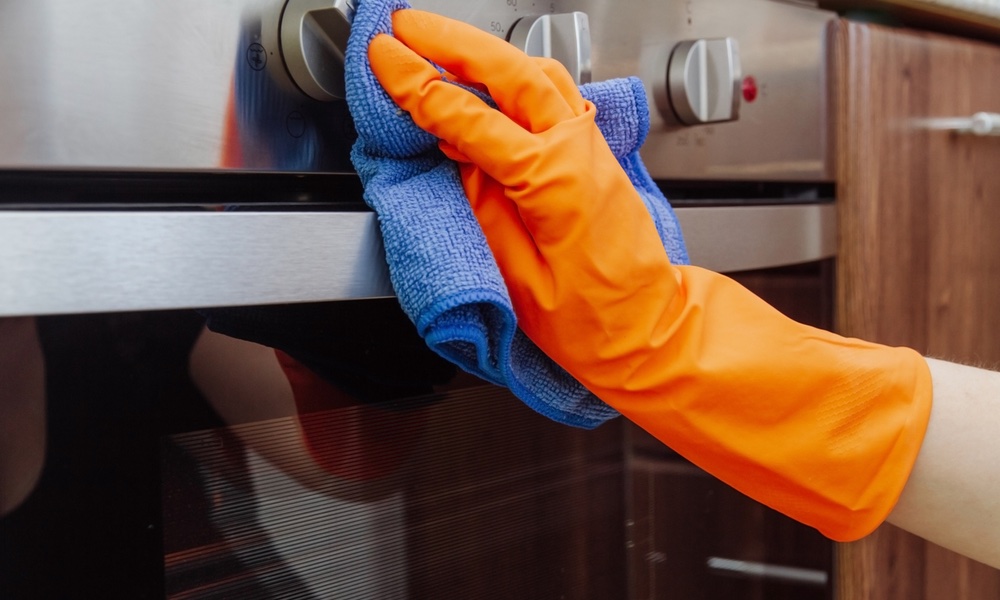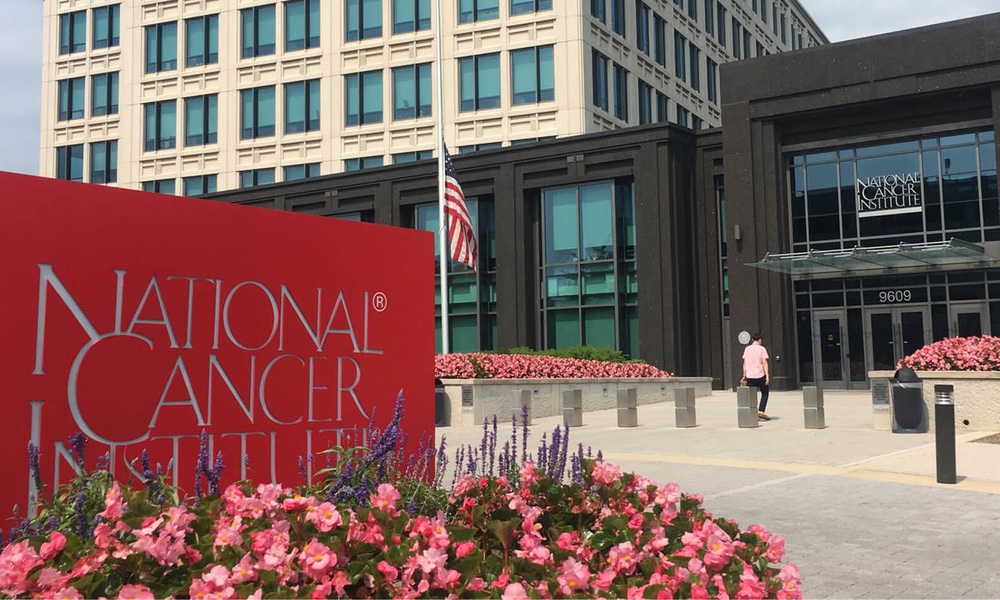Most of us know by now that regular physical exercise reduces the risk of illness, including cancers of the breast, bladder and stomach.
What if you don’t have the time, or inclination, to work out at the gym or to take a long jog through the park? You’ll be happy to learn that researchers at the University of Sydney have discovered that instead of longer workouts, an even better solution for daily exercise might be brief, sporadic — one or two-minute — bouts of vigorous physical activity that are part of your everyday activities.
They call it VILPA: “vigorous intermittent lifestyle physical activity,” and it involves spurts of fast walking, stair climbing, or energetic housework — like carrying bags of heavy groceries or laundry, or playing high-energy games with your kids.
“VILPA is a bit like applying the principles of high-intensity interval training to your everyday life,” lead author of the study, Emmanuel Stamatakis, a professor of physical activity and population health at Charles Perkins Centre, University of Sydney, said in a press release. “We know the majority of middle-aged people don’t regularly exercise, which puts them at increased cancer risk, but it’s only through the advent of wearable technology like activity trackers that we are able to look at the impact of short bursts of incidental physical activity done as part of daily living.”A minimum of about three and a half minutes of daily, vigorous intermittent activity was associated with an up to 18 percent reduction in cancer incidence, compared with no activity.
Using data from wearable devices to track their daily activity, the study followed over 22,000 people with an average age of 62 who reported they were non-exercisers. The participants' health records were also monitored for cancer for more than seven years. This is what the researchers found:
- A minimum of about 3.5 minutes of daily, vigorous intermittent activity was associated with an up to 18 percent reduction in cancer incidence compared with no activity.
- About 4.5 minutes of daily rigorous intermittent activity was associated with an up to 32 percent reduction in physical-activity related cancer incidence.
- The steepest gains in cancer risk reduction were seen in people who did small amounts of VILPA compared to those who did none. However, benefits continued with higher levels of daily VILPA — particularly for physical activity-related cancers.
- Most VILPA (92 percent) occurred in bouts of up to 1 minute.
The study was observational, which means cause and effect can’t be known for certain, but the researchers suggest that the benefits of intermittent vigorous activity on cancer risk are related to improved cardio-respiratory fitness. Other likely contributors include the role physical activity has in improving insulin sensitivity and chronic inflammation.
These are optimistic findings, but there’s more investigation that still needs to be done, Stamatakis said. “We are just starting to glimpse the potential of wearable technology to track physical activity and understand how unexplored aspects of our lives affect our long-term health. The potential impact on cancer prevention and a host of other health outcomes is enormous.”
Exercise is one important way to help prevent getting cancer. Here are other tips suggested by the American Cancer Society:
- Don't use tobacco.
- Eat a healthy diet.
- Maintain a healthy weight.
- Protect yourself from the sun.
- Get vaccinated.
- Avoid risky sexual behaviors — limit your number of sexual partners and use a condom when you have sex. The more sexual partners you have in your lifetime, the more likely you are to contract a sexually transmitted infection, such as HIV or HPV.
- Get regular medical care, including any age- and sex-appropriate cancer screenings.
The study can be found in JAMA Oncology.





